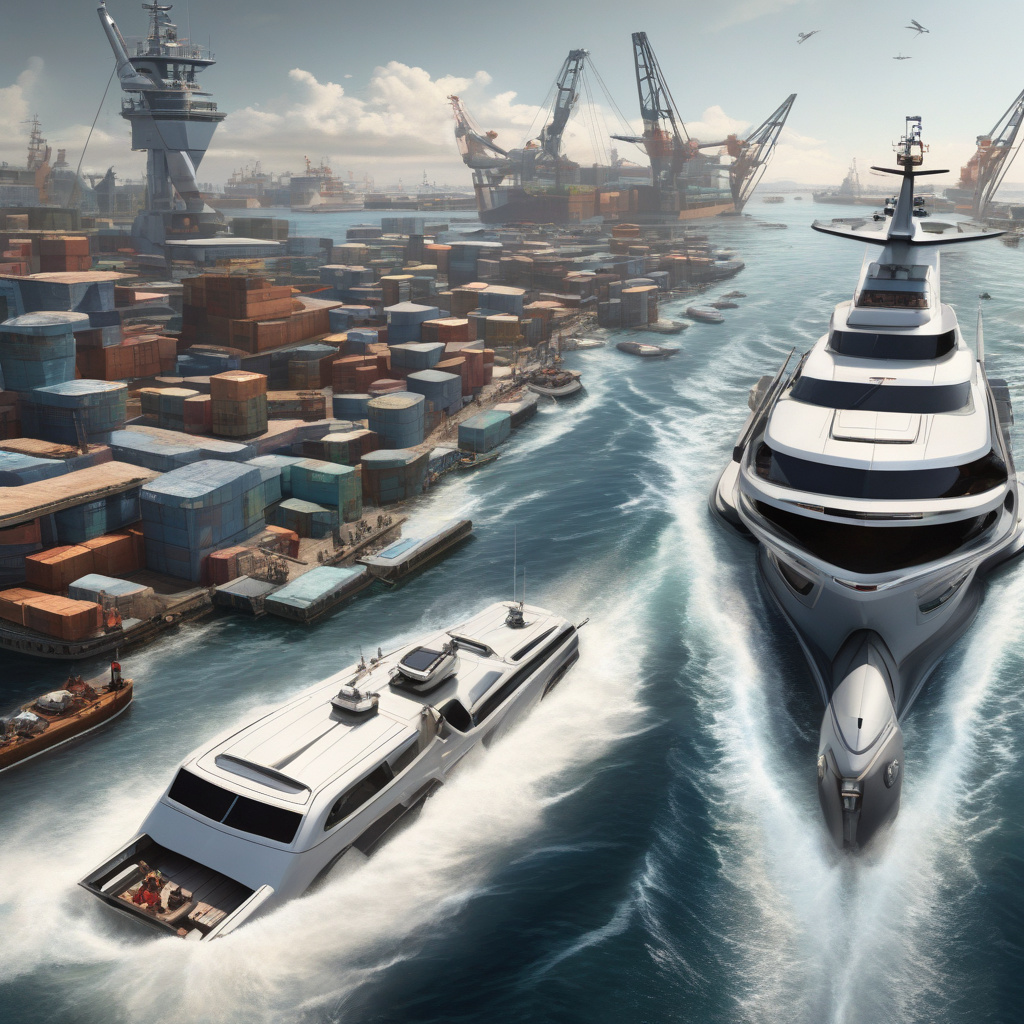Unmanned Boat Autonomously Completes 1,100-Mile-Long Voyage, Crosses Busy Maritime Passage
A French company’s uncrewed surface vehicle (USV) has autonomously completed a long trip. Exail’s sea-skimming drone boat, powered by artificial intelligence, successfully crossed the Bay of Biscay, a 1,100-mile-long voyage from Brittany to Ireland. This remarkable feat marks a significant advancement in autonomous maritime technology and has far-reaching implications for various industries.
The USV, named the “SeaBubbles,” navigated through challenging maritime conditions, including busy shipping lanes and unpredictable weather. Equipped with advanced sensors, cameras, and AI algorithms, the autonomous boat successfully avoided collisions with other vessels and safely reached its destination in Dublin. The successful completion of this voyage demonstrates the potential of autonomous watercraft to operate efficiently and safely in complex environments.
Exail’s achievement highlights the growing trend of autonomous vehicles revolutionizing transportation and logistics. By leveraging cutting-edge technology, companies can improve efficiency, reduce costs, and enhance safety in maritime operations. Autonomous boats offer numerous benefits, including continuous operation, precise navigation, and real-time data collection, making them invaluable assets for a wide range of applications.
In addition to commercial shipping and logistics, autonomous USVs have the potential to transform various industries, including scientific research, environmental monitoring, and security operations. These unmanned boats can be deployed for oceanographic surveys, marine life monitoring, pollution detection, and border patrol, providing valuable data and insights without putting human lives at risk.
The successful voyage of Exail’s SeaBubbles also underscores the importance of collaboration between technology developers, regulatory bodies, and industry stakeholders. As autonomous maritime technology continues to advance, it is crucial to establish clear guidelines and regulations to ensure safe and responsible deployment of unmanned vessels. By working together, we can unlock the full potential of autonomous boats while addressing concerns such as cybersecurity, privacy, and environmental impact.
Looking ahead, the future of autonomous maritime technology is full of possibilities. From unmanned cargo ships and passenger ferries to robotic rescue boats and offshore drones, the potential applications of autonomous USVs are limitless. As technology evolves and capabilities expand, we can expect to see more autonomous boats navigating the world’s oceans, revolutionizing the way we think about transportation, commerce, and exploration.
In conclusion, Exail’s unmanned boat’s successful 1,100-mile voyage across the Bay of Biscay is a testament to the power of autonomous maritime technology. By harnessing the latest advancements in AI, sensors, and navigation systems, companies like Exail are paving the way for a future where unmanned boats play a central role in our maritime infrastructure. As we embrace this new era of autonomy at sea, the possibilities for innovation and progress are endless.
unmanned boats, autonomous technology, maritime innovation, AI in transportation, future of shipping












